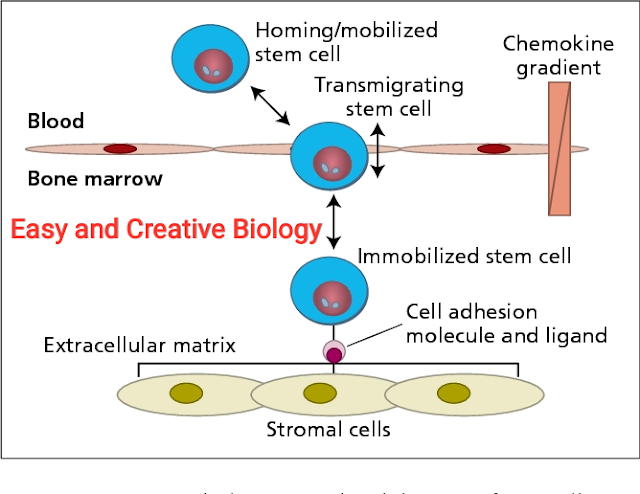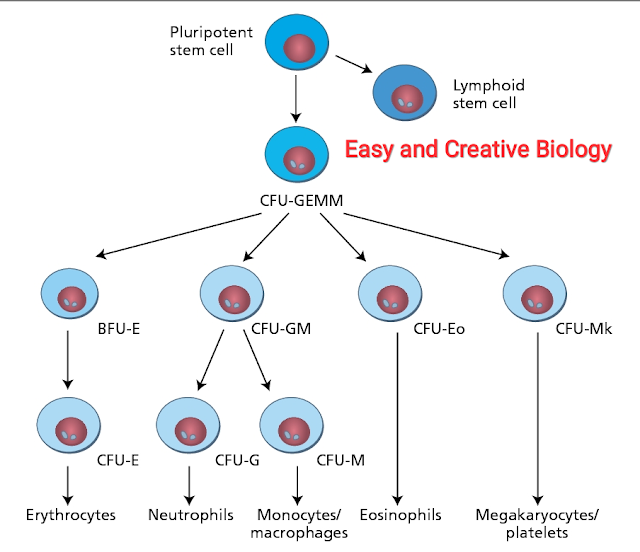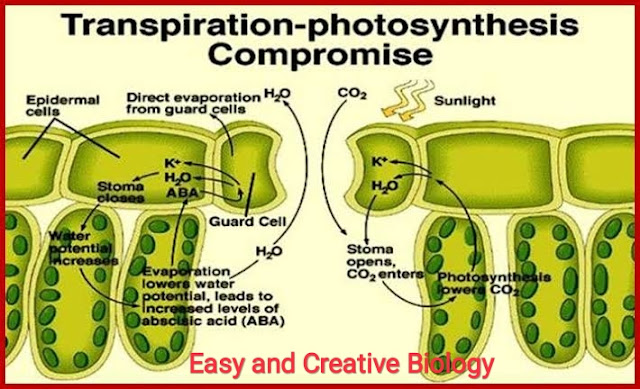6 Surprising Ways Garlic Boosts Your Health :
 |
| 6 Surprising Ways Garlic Boosts Your Health |
Garlic. Roasted in olive oil, it can melt in your mouth like butter, while chopped and raw, it can taste pungent and sharp. Either way, this herb-like vegetable offers significant benefits — on the inside and out.
It’s the organic sulfur compound allicin in garlic that gives it its pungent smell and makes it a healthy addition to your diet.
What garlic can do for you :
1. Boost immunity:
In test tubes, garlic appears to kill cancer cells, and studies involving people show some of the same outcomes. According to the Iowa Women’s Health Study, involving 41,000 middle-aged women, those who routinely ate garlic, fruits and vegetables had a 35 percent lower colon cancer risk. Benefits came from raw and cooked garlic – not supplements.
In test tubes, garlic appears to kill cancer cells, and studies involving people show some of the same outcomes. According to the Iowa Women’s Health Study, involving 41,000 middle-aged women, those who routinely ate garlic, fruits and vegetables had a 35 percent lower colon cancer risk. Benefits came from raw and cooked garlic – not supplements.
2. Work as an anti-inflammatory:
Research has shown that garlic oil works as an anti-inflammatory. So, if you have sore and inflamed joints or muscles, rub them with the oil.
Research has shown that garlic oil works as an anti-inflammatory. So, if you have sore and inflamed joints or muscles, rub them with the oil.
3. Improve cardiovascular health:
The verdict is still out on whether garlic improves your cholesterol levels, but research does indicate it can have a positive impact on your arteries and blood pressure.
The verdict is still out on whether garlic improves your cholesterol levels, but research does indicate it can have a positive impact on your arteries and blood pressure.
Investigators believe red blood cells turn the sulfur in garlic into hydrogen sulfide gas that expands our blood vessels, making it easier to regulate blood pressure.
The German Commission E, similar to the U.S. Food & Drug Administration, recommends 4 grams of garlic daily – the size of one large clove – to reduce your risk of heart disease.
4. Give you better hair & skin:
Garlic’s antioxidants and antibacterial properties can clear up your skin by killing acne-causing bacteria. Some data shows rubbing raw garlic over pimples can clear them away. Be aware, though, that it could cause a burning sensation on your skin.
Garlic’s antioxidants and antibacterial properties can clear up your skin by killing acne-causing bacteria. Some data shows rubbing raw garlic over pimples can clear them away. Be aware, though, that it could cause a burning sensation on your skin.
5. Protect your food:
Those same antibacterial properties in fresh garlic can kill the bacteria that lead to food poisoning, including salmonella and E.coli. Don’t use garlic as a substitute for proper food sanitation and food handling, though.
Those same antibacterial properties in fresh garlic can kill the bacteria that lead to food poisoning, including salmonella and E.coli. Don’t use garlic as a substitute for proper food sanitation and food handling, though.
6. Treat athlete’s foot:
Garlic also fights fungus. If you have athlete’s foot, soak your feet in garlic water or rub raw garlic on your feet to attack the itch-causing fungus.
Garlic also fights fungus. If you have athlete’s foot, soak your feet in garlic water or rub raw garlic on your feet to attack the itch-causing fungus.
 |
| 6 Surprising Ways Garlic Boosts Your Health |
Maximize the garlic :
While you can steep chopped garlic in hot water to make tea, covering the taste with honey, taking advantage of garlic’s benefits is a little complicated. Heating it or putting it in a recipe can change its pH balance. The enzymes from the allicin need a few minutes to start working, so let it sit after you mince, crush or chop it.
You’ll get the most benefit from raw garlic. But if you choose to cook it, don’t heat it above 140°F. Higher temperatures kill the allicin, so add garlic to your recipes when you’re almost done cooking.
A few words of caution :
Garlic’s health benefits are plenty, but don’t add too much to your diet too quickly. Overdoing it can cause discomfort, including upset stomach, bloating, diarrhea, bad breath and body odor.
You may also get a stinging feeling on the skin if you handle significant amounts of fresh and dried garlic. To avoid garlic-induced skin lesions, wear kitchen gloves.
On rare occasions, garlic supplements can cause headaches, fatigue, appetite loss, muscle aches, dizziness and allergic reactions such as asthma attacks or skin rashes.
If you take blood thinners, taking a garlic supplement can increase the medication’s effect, making it even harder for your blood to clot.











